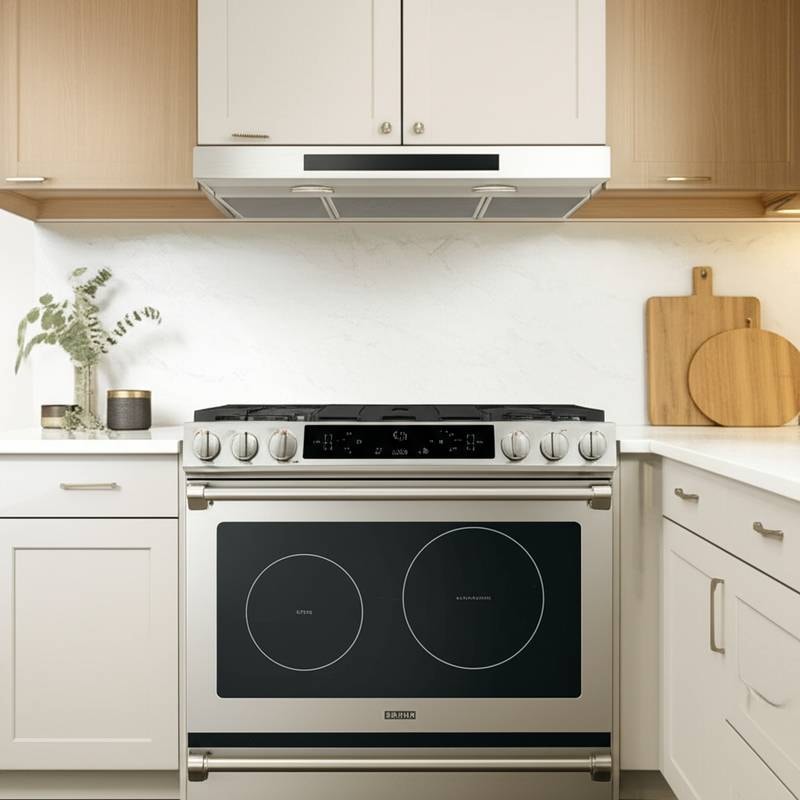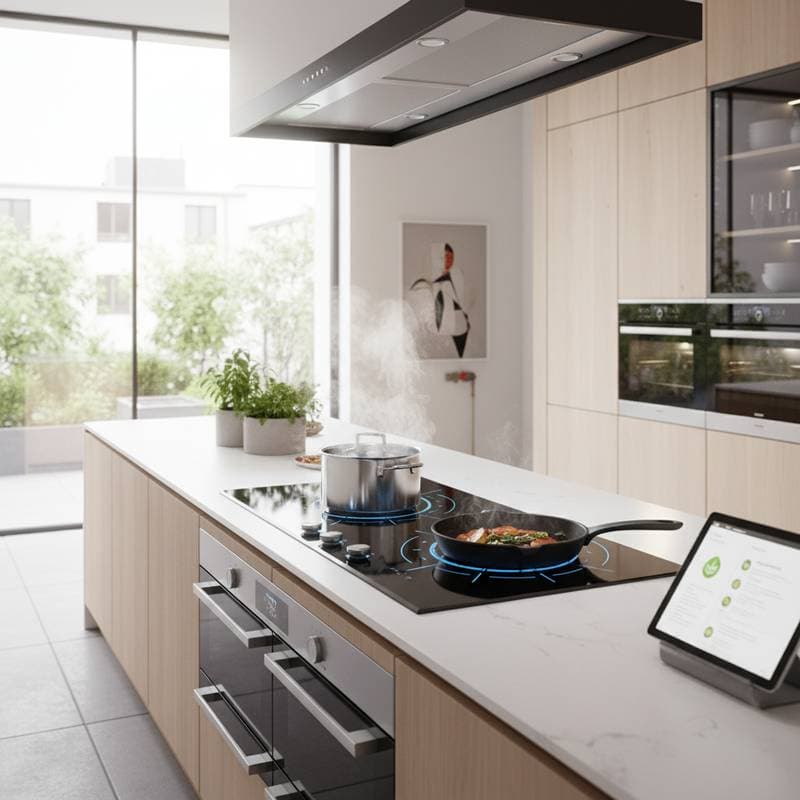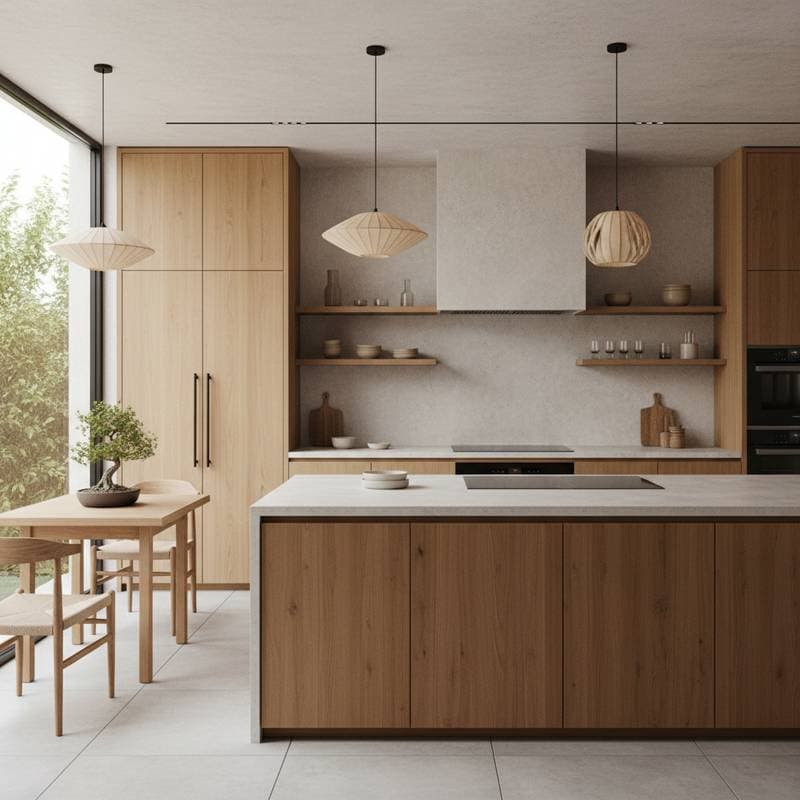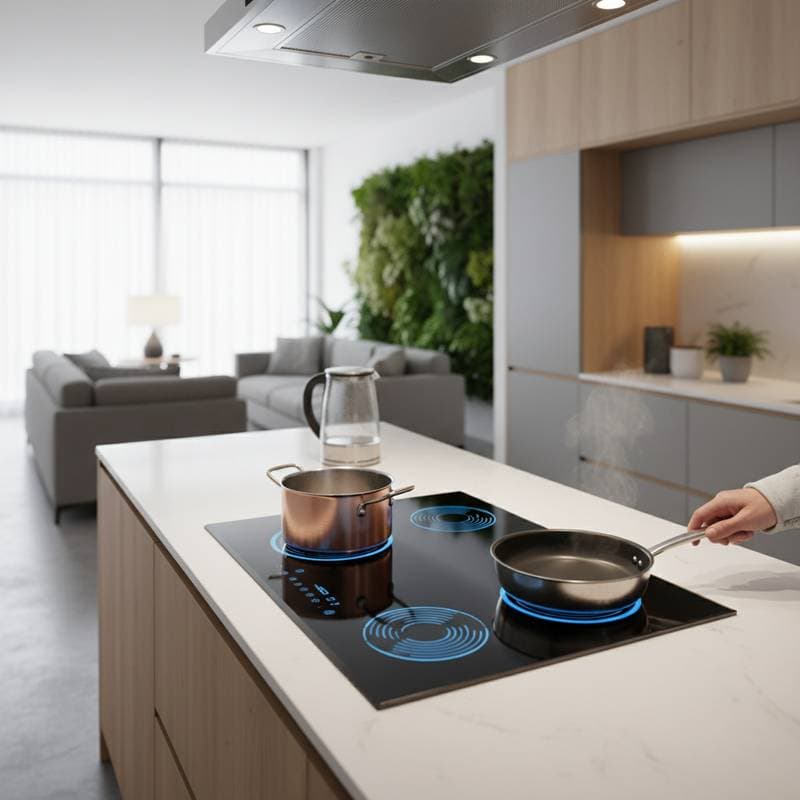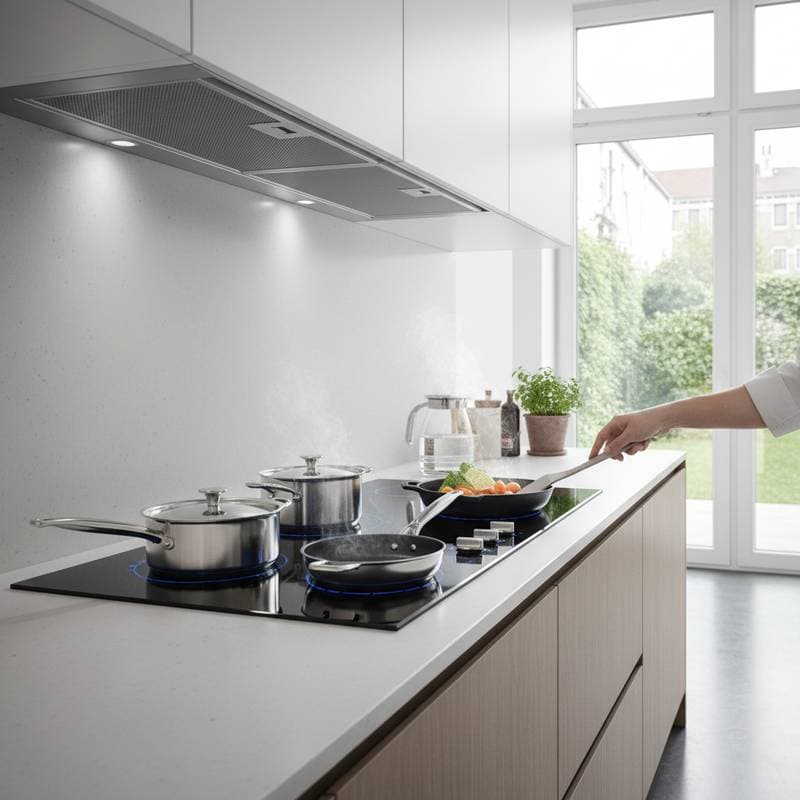Why Induction Cooktops Outperform Gas in 2025 Kitchen Remodels
Induction cooktops lead the transition in 2025 kitchen designs, offering superior performance over traditional gas models. These appliances provide rapid heating, precise temperature management, enhanced safety, and improved indoor air quality. Homeowners benefit from their modern aesthetics, energy savings, and compatibility with sustainable practices. This shift supports both functionality and long-term value in residential spaces.
Rapid Heating, Precise Control, and Responsive Performance
Induction technology employs electromagnetic fields to heat cookware directly, bypassing the inefficiencies of gas flames. This method achieves boiling water in under two minutes, compared to five or more on gas. Temperature adjustments occur instantly, maintaining consistency for tasks like simmering sauces or searing proteins.
Professional cooks appreciate the immediate response, which prevents overcooking during interruptions. In home settings, this precision simplifies meal preparation, allowing focus on flavor development rather than constant monitoring. Select models include touch controls with preset options for common techniques, such as frying or melting chocolate.
Improved Indoor Air Quality and Enhanced Safety
Gas cooktops emit nitrogen dioxide and particulate matter, contributing to potential respiratory issues in enclosed spaces. Induction eliminates combustion entirely, resulting in zero emissions and fresher air circulation. Ventilation systems operate more efficiently, reducing the need for constant exhaust during cooking.
The surface remains cool outside the cookware area, minimizing burn risks. This feature proves essential in households with children or active pets, as accidental contact causes no injury. Built-in safety shutoffs activate if unprotected cookware is detected, adding an extra layer of protection.
Modern Aesthetics and Simplified Maintenance
Induction cooktops feature seamless glass-ceramic surfaces that integrate smoothly with countertops made of quartz, granite, or laminate. This design creates a clean, contemporary appearance without visible burners or grates. Available in sizes from compact two-burner units to expansive five-burner arrays, they adapt to various kitchen layouts.
Cleaning requires only a damp cloth to remove spills, as residues do not bake onto hot surfaces. This ease contrasts with gas models, where disassembly of components often proves necessary. For remodels, the flush installation enhances visual flow, making the kitchen appear larger and more unified.
Superior Energy Efficiency and Sustainable Integration
Induction transfers up to 90 percent of energy to the cookware, far exceeding gas efficiency rates of around 40 percent. This direct heating keeps ambient kitchen temperatures lower, particularly beneficial during summer months or extended cooking sessions. Monthly utility costs decrease noticeably for frequent users, with savings compounding over time.
As municipalities enforce restrictions on gas infrastructure, induction aligns with electrification trends. It pairs seamlessly with solar panels or grid-tied renewables, minimizing carbon emissions from cooking activities. Long-term, this choice future-proofs kitchens against evolving energy regulations.
Accessible Pricing and Scalable Solutions
Entry-level induction options, such as portable single-burner units, start below $100 and suit apartments or temporary setups. Built-in four-burner models begin at $800, delivering professional features like bridge zones for griddles. High-end versions, priced up to $3,000, rival luxury gas appliances in durability and output.
For budget planning, evaluate power requirements early; most homes accommodate standard 240-volt circuits without upgrades. Test portable versions before committing to installation, gaining familiarity with magnetic compatibility for pots and pans. Financing through retailers often spreads costs over remodel timelines.
Optimizing Kitchen Functionality with Induction
Integrating induction transforms daily routines by expanding usable space and enhancing comfort. The level surface serves as additional counter area when not in use, ideal for chopping or staging ingredients. During gatherings, the lack of radiant heat maintains a pleasant environment.
Pair induction with complementary elements like downdraft ventilation and LED task lighting for optimal workflow. This setup supports diverse cooking styles, from quick weeknight meals to elaborate entertaining. The result delivers a kitchen that balances efficiency, style, and everyday practicality.
